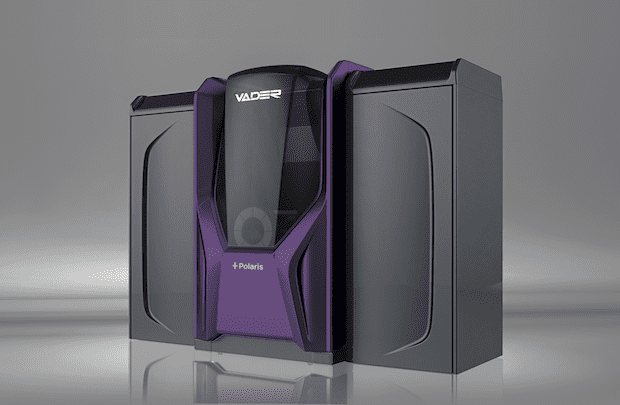Xerox is the company whose copying machines business was so successful that its brand became a synonym for the family of products it made and sold. Since the company was quite active in the 3D printing patent arena, many may have thought it could have done the same for 3D printers. However, Xerox has never made a clear move into 3D printing, at least not like HP and Xaar have done. Until now that is. At the Investor’s Day 2019 conference taking place in New York, Xerox announced several new products in the 3D printing segment along with the acquisition of metal 3D printing startup Vader.
The news was broken by IDC analyst Keith Kmetz on his Twitter feed and rebroadcasted by Desktop Metal CRO (and popular AM industry figure) Tuan Tranpham’s LinkedIn feed. Apparently, Xerox is also presenting a number of hardware, materials and software solutions that would enable the company to provide production parts in both metals and polymers.
Who is Vader
 Vader’s patented Magnet-o-Jet technology is based on the study of Magneto Hydro Dynamics (MHD), or more simply: the manipulation of liquid metal through magnetism. MagnetoJet’s physics are accomplished by depositing Aluminum wire into a 1200°C ceramic chamber, where it is influenced into a molten state. This molten media is then electromagnetically pulsed – causing a droplet to form and eject with precision from a carefully crafted ceramic nozzle.
Vader’s patented Magnet-o-Jet technology is based on the study of Magneto Hydro Dynamics (MHD), or more simply: the manipulation of liquid metal through magnetism. MagnetoJet’s physics are accomplished by depositing Aluminum wire into a 1200°C ceramic chamber, where it is influenced into a molten state. This molten media is then electromagnetically pulsed – causing a droplet to form and eject with precision from a carefully crafted ceramic nozzle.
The first Vader System could deliver 1000 droplets per second with micron-level accuracy while doubling the speed of conventional 3D powder bed metal printers. Aluminum was an intentional first step, but MagnetoJet expects to evolve to printing additional conductive metals and potentially thousands of printing heads within one machine. Magnet-o-Jet allows for the use of many allows including 4043, 4047, and 1100. Other materials such as 365, 6061, 7075, copper, and bronze were reported as undergoing a qualification process.
The company had announced the expansion of its offering last April, with three new systems (including one for increased production capabilities) and had been relatively quiet since.
An $8 billion pie
While Vader’s hardware is considered to be a solution for affordable metal 3D printing, Xerox is pretty serious about its plans in the 3D printing arena and sees digital manufacturing as a key part of its innovation and revenue growth strategy. The company has made it clear that it has developed, acquired and partnered with companies to expand printing, software and material technologies which are expected to deliver the productivity, materials range
and cost and design tools to enable part manufacturing.
With an expected CAGR of 25% over the next 3 years, Xerox expects its 3D-related businesses to take a sizable share out of the $8 billion additive manufacturing market. It will do so through a high-speed plastic 3D printing technology, along with more affordable plastic powders. The company expects both the plastic and metal product ranges to move into product commercialization during the current solar year.
Source: 3dprintingmedia.network


